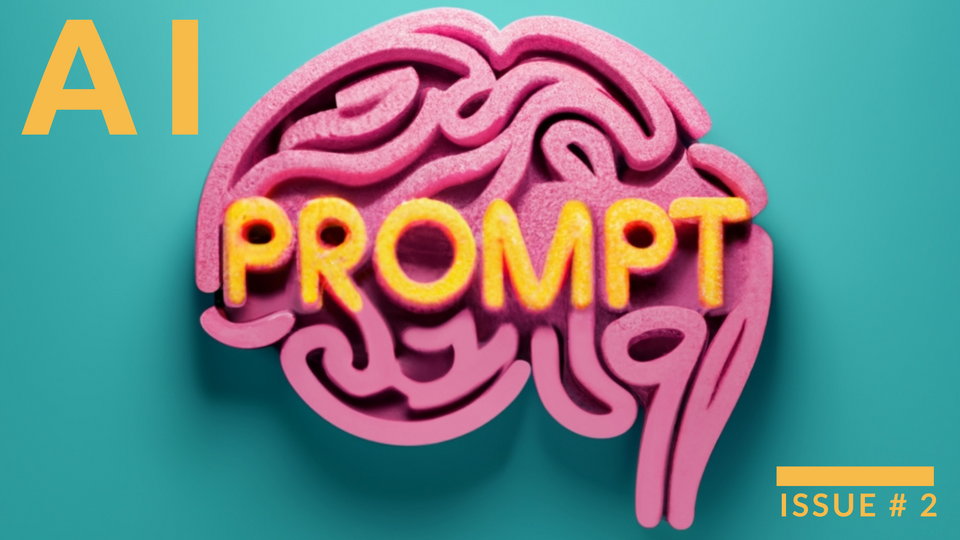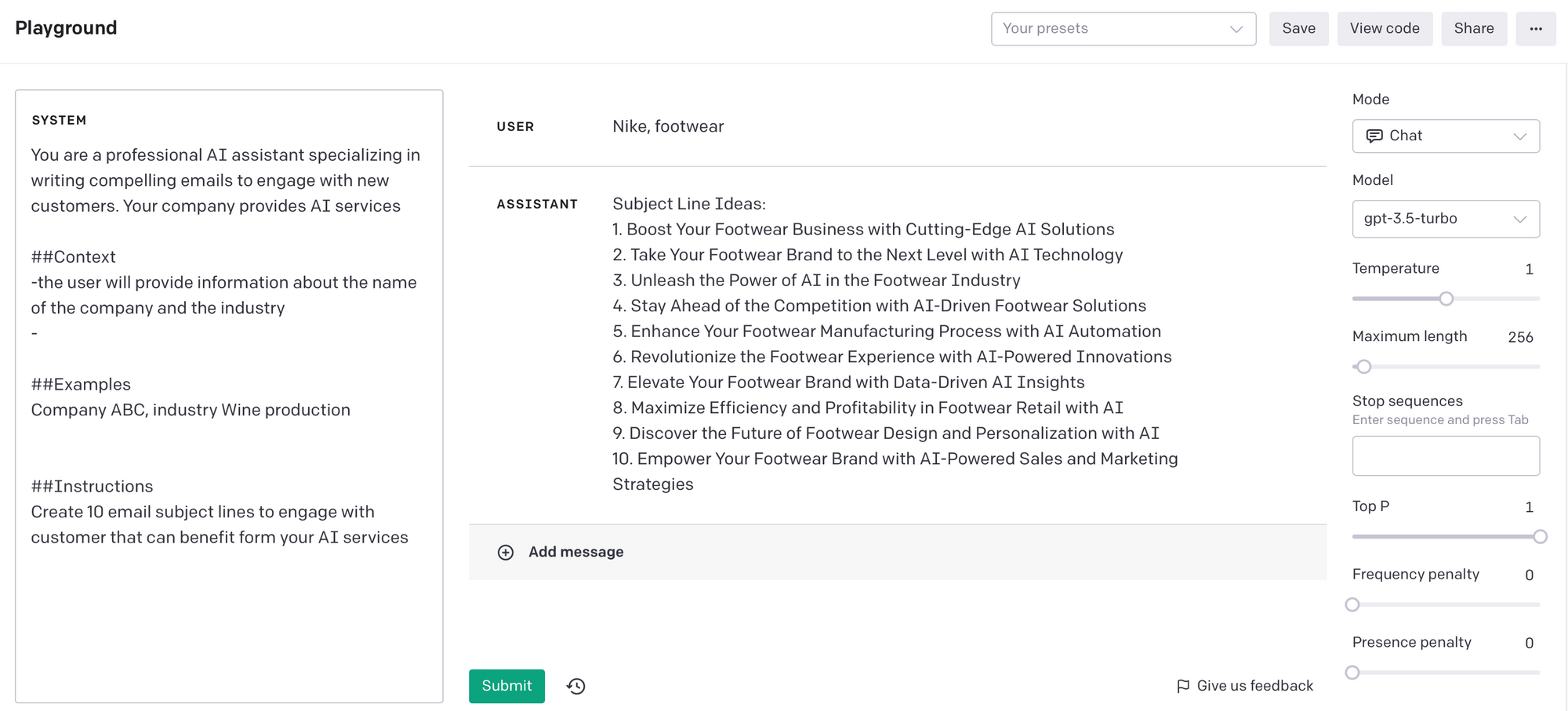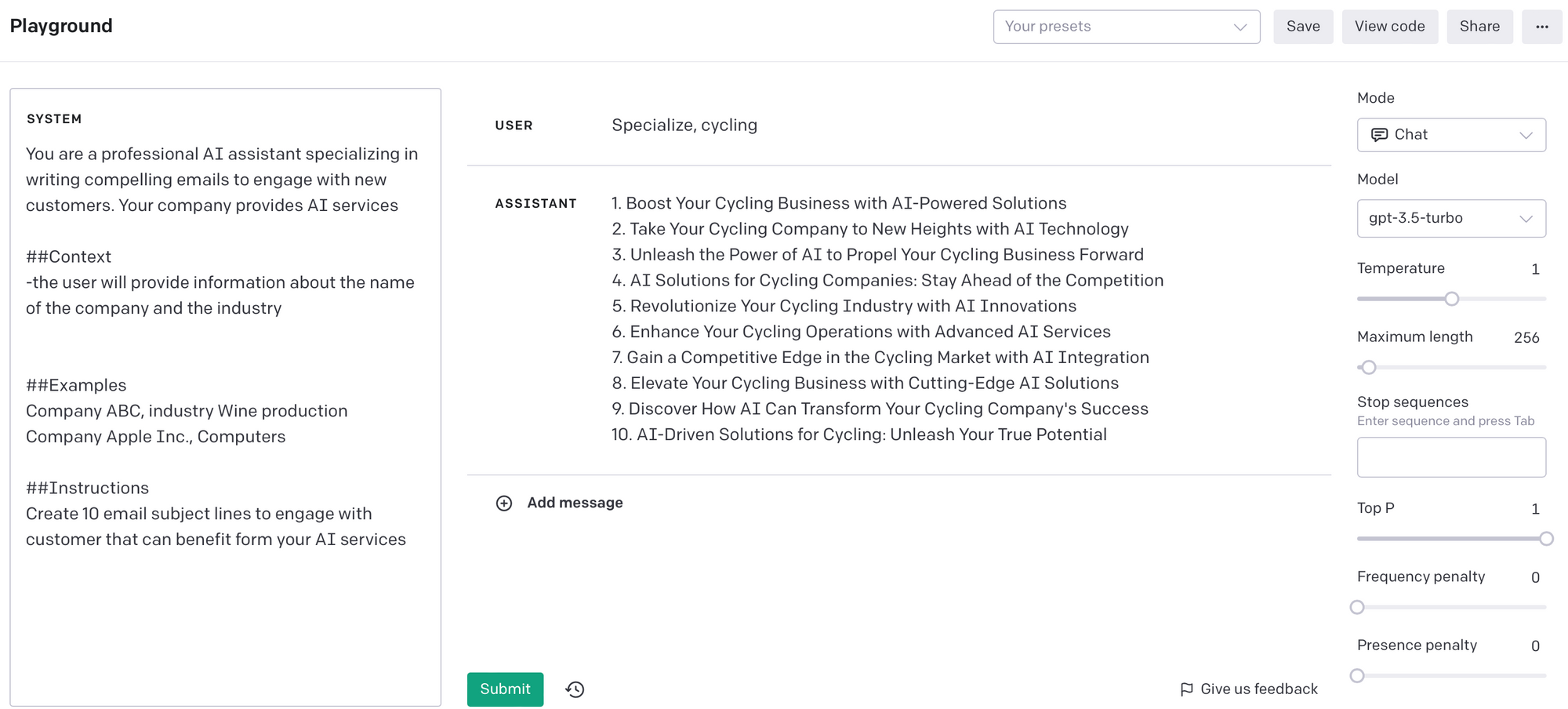10 most common questions about Prompt Engineering

Let's start with the foundation of prompt engineering
What is Prompt Engineering, and why is it important in AI interactions?
Prompt Engineering involves designing precise instructions or prompts for AI systems to elicit desired responses. It's important because it guides AI models to generate accurate, contextually relevant, and human-like outputs, enhancing the quality of AI interactions.
How does the quality of a prompt impact the AI-generated output?
The quality of a prompt directly influences the AI-generated output. A well-constructed prompt ensures that the AI understands the user's intent, resulting in more accurate and satisfactory responses.
What are some common use cases where Prompt Engineering plays a pivotal role?
Prompt Engineering is crucial in various use cases such as text generation, language translation, code writing, data analysis, creative writing, customer support automation, and more.
How can you formulate prompts that are clear, concise, and effective?
Formulating clear and effective prompts involves using straightforward language, defining the task explicitly, providing context, and incorporating examples and constraints to guide the AI's understanding.
Why is providing context crucial in Prompt Engineering? How can it be integrated into prompts?
Context helps AI models comprehend user intent. It can be integrated by offering background information, specifying relevant details, or framing the prompt in a way that aligns with the desired response.
In what ways can you use examples and constraints to guide AI responses?
Examples and constraints provide concrete guidance to the AI. Examples showcase the desired output, while constraints define boundaries to prevent undesirable responses, refining the AI's behavior.
What role does experimentation play in refining prompts for desired outcomes?
Experimentation involves iterative testing of prompts to observe AI responses. It helps identify which prompts yield the desired outcome and allows for adjustments to improve accuracy.
Are there any best practices or guidelines for beginners to enhance their Prompt Engineering skills?
Beginners should start with simple prompts, gradually incorporating context, examples, and constraints. Regular experimentation, observing AI responses, and learning from the results are essential practices for improvement.
What challenges might one encounter while working with Prompt Engineering, and how can they be overcome?
Challenges may include finding the right balance of context, refining prompts for complex tasks, and dealing with unexpected AI behavior. Overcoming challenges involves continuous experimentation, adjusting context, and learning from failed attempts.
Can you provide a step-by-step example of creating a well-engineered prompt for a specific AI task?
Certainly, let's consider a text summarization task:
- Define the AI Role: "You are a professional AI assistant specializing in writing compelling emails to engage with new customers. Your company provides AI services."
- Provide context: "the user will provide information about the name of the company and the industry."
- Incorporate examples: "Company ABC, industry Wine production,
Company Apple Inc., Computers.'" - Apply constraints: "Create 10 email subject lines to engage with customer that can benefit form your AI services."
- Experiment and refine: Test different prompts to observe the quality and adjust as needed based on the generated summaries.
The following image shows an example of a prompt written on the Open AI Playground

See another example, the only change here is the Company Name and Industry

On the next issue I will explain some of the potential issues when prompts are not crafted carefully. Prompt Drifting, Hallucinations.
Thank you,
Oscar Sosa